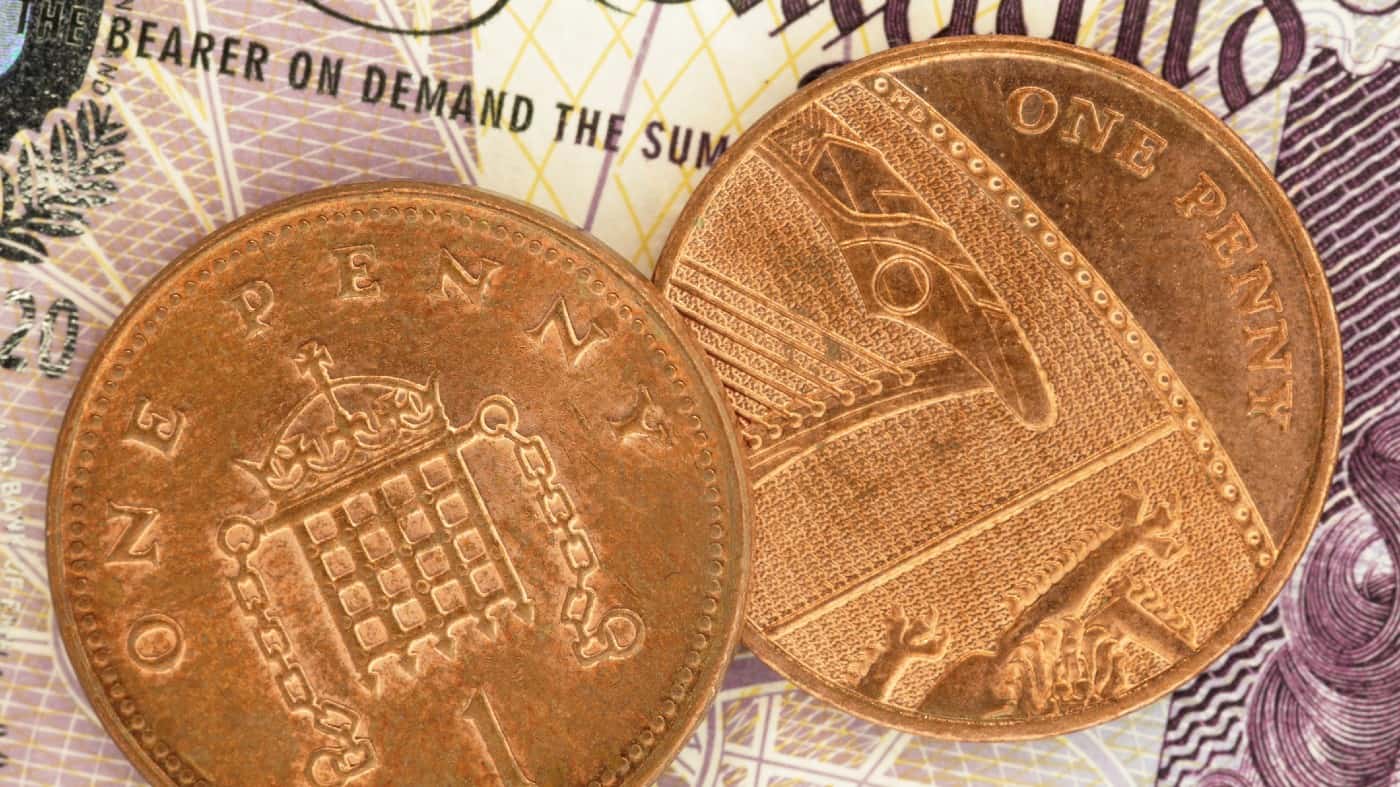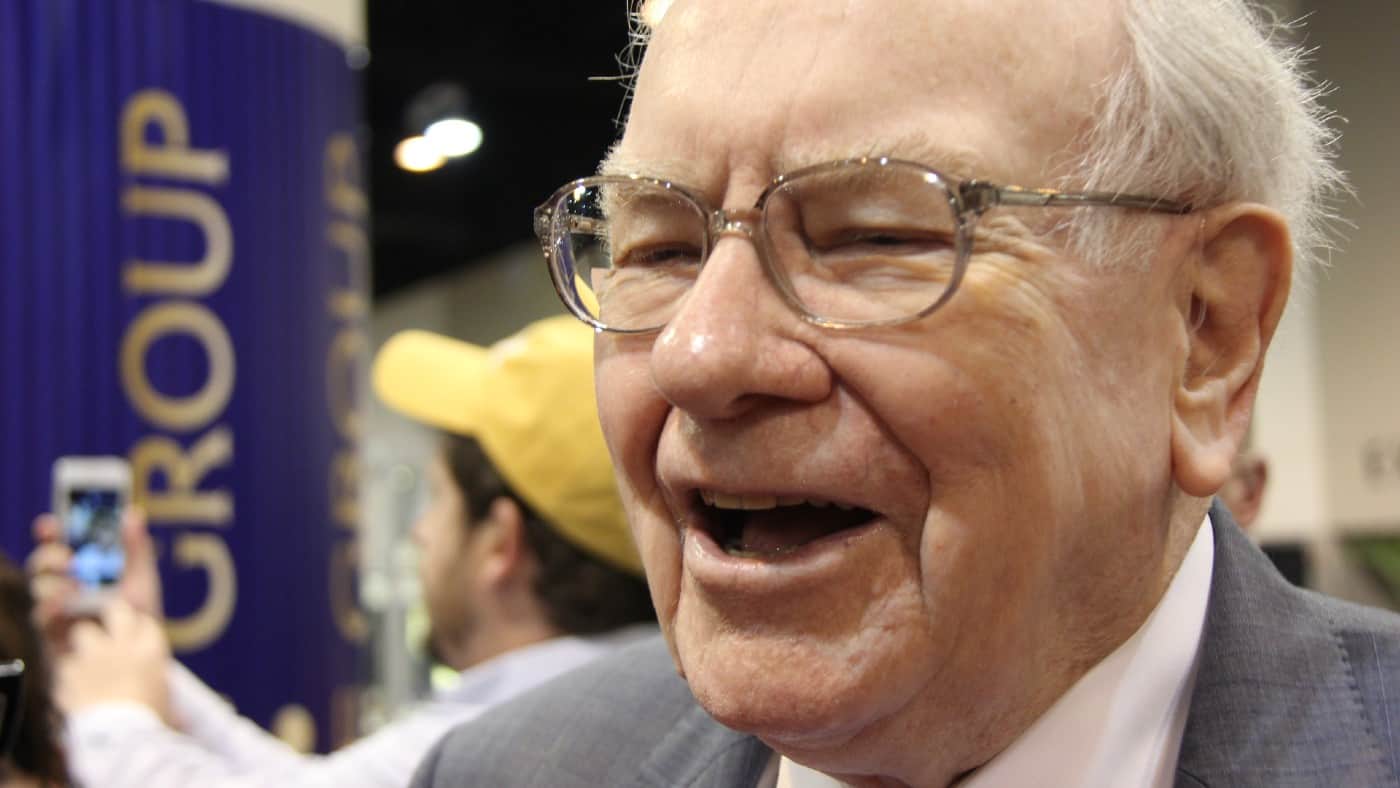Image source: Getty Images
I love it when I see a penny share that’s just crashed. Well, I do if I don’t already own it, as penny shares can often fall more than they deserve. And that makes me wonder if I’ve sniffed out a buy.
It happened to the Sanderson Design Group (LSE: SDG) share price on 27 June, as the stock crashed by 20% to 82.5p. It’s back up a bit as I write, but still down in penny stock territory.
The share price soared in 2021. But it’s now lost a whopping 63% from its peak. And it’s down 5.5% in five years.
What it does
Sanderson Design does upmarket wallpapers, fabrics, and other interior decor. A few years ago, sales were rising, and profits were growing along with them.
The stock became a bit of a growth star, and than can often mean one thing… too high a valuation.
The price-to-earnings (P/E) ratio ended 2021 up above 20. That’s often cheap for a growth stock with years of rising earnings ahead of it. But for a small-cap interior decor firm? Hmm.
Sales and profits leveled off, growth investors dumped the stock, and the share price went into a slide.
What happened
What just happened to trigger this 20% crash? A profit warning.
In a trading update on the 27th, the company told us that UK trading conditions “have deteriorated, impacting brand product sales during the months of May and June“.
Total brand product sales fell 9% in the first 22 weeks of the year. And in the UK, the firm’s biggest market, sales dropped 14%.
As a result, “the board expects group trading in the current financial year to be below its earlier expectations. Underlying profits before tax for the year ended 31 January 2025 are now expected to be in the region of £8 million“.
What next
The intention now is to speed up cost savings and other plans. And the board reminded us that it’s in a strong cash position, which provides some safety.
At 31 January, the balance sheet boasted net cash of £16.3m.
We should hear how things develop further on 31 July, when Sanderson is due to post a first-half trading update.
What to do?
Prior to the profit warning, we were looking at a forecast P/E of 14, staying steady at that level for the next few years. That doesn’t include net cash, though. If I adjust for that, I get an equivalent P/E of around 10.
There’s a forecast dividend yield of 4.2%. But we’ll need to wait for H1 results for news on that. My feeling is that the cash balance should mean the firm can afford it, though cost savings might demand otherwise.
The luxury end of the home decor market is perhaps the riskiest. But I can see it picking up again when interest rates drop.
And I can’t help thinking this might be a buying opportunity. I’ll wait for interim figures, though.
Credit: Source link














